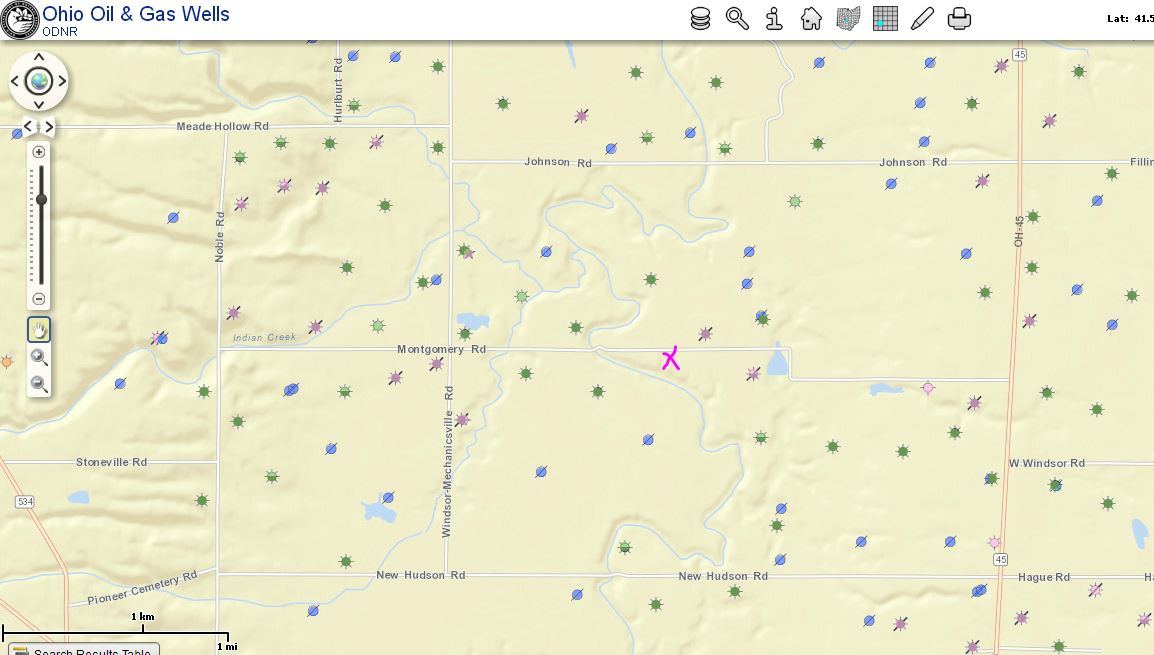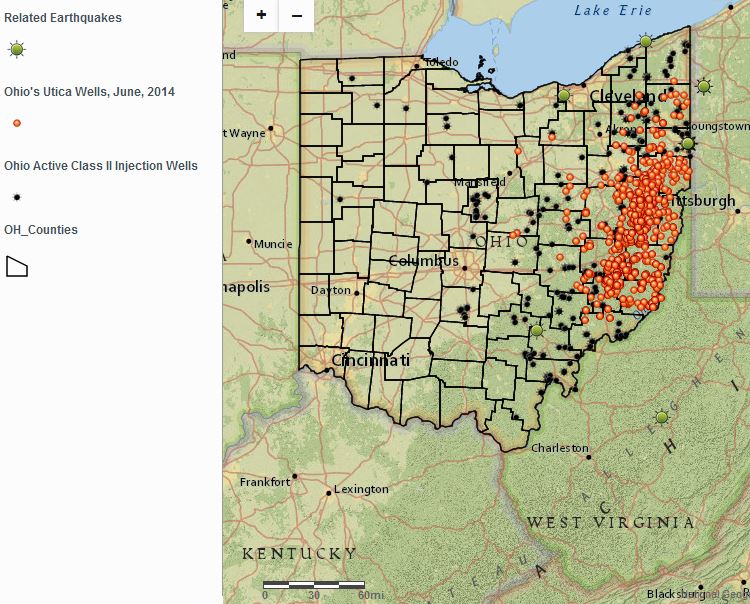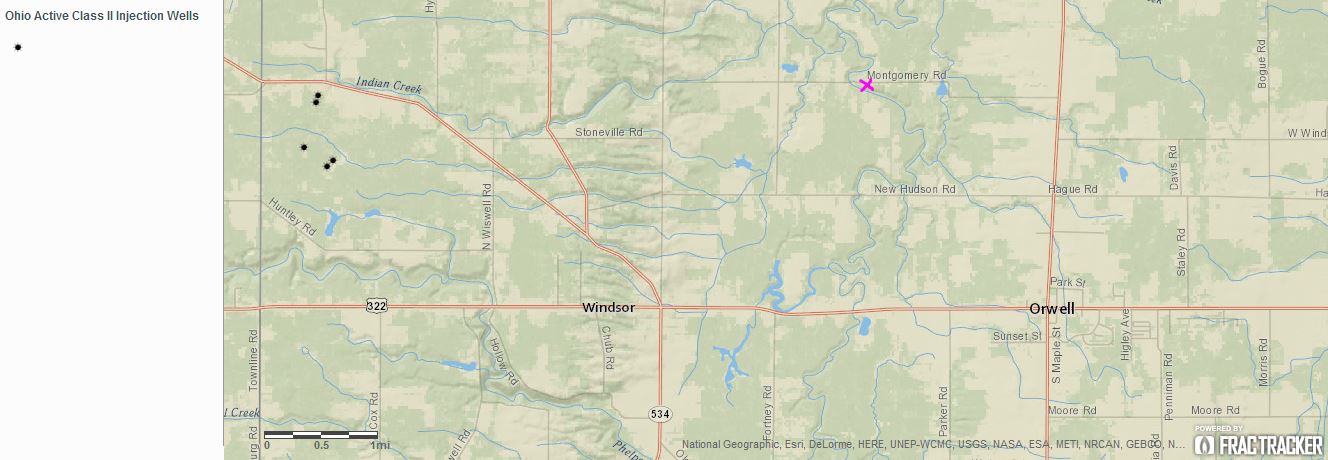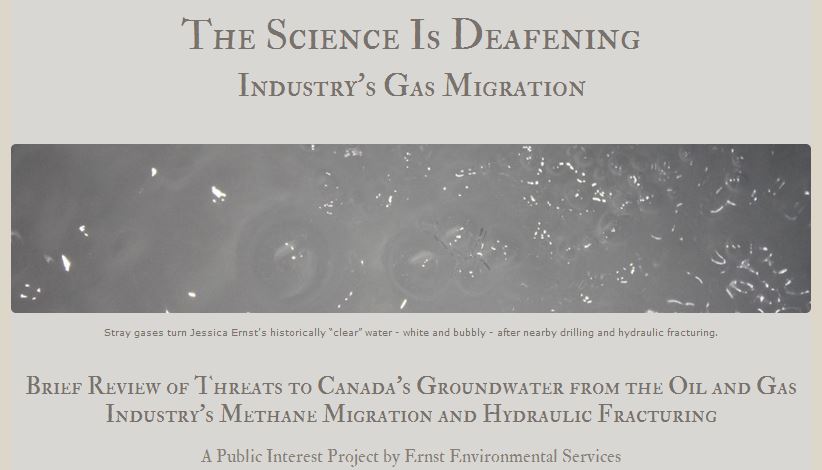Orwell Twp: Still no cause in house explosion by Sara Shookman, July 17, 2014, WKYC
Authorities think it could be natural gas that caused a fatal house explosion in Orwell. … Friends and neighbors tell me that Jamies Ortis lived here on Montgomery Road in a home his mother owned. His girlfriend, Malerie Nick, of Fairport Harbor, spent a lot of time here as well. Bob McElroy spent a lot of nights with his son’s good friend, Jamies, and his girlfriend, Nick. “She was real bubbly,” McElroy said. “Jamies loved Malerie… He’s taking it really hard.”
Family members tell us Jamies has burns on 58 percent of his body, but is alert at times. A spokesperson says he’s listed in critical condition at MetroHealth Medical Center in Cleveland.
Meanwhile, state fire marshals and the Ohio Department of Natural Resources want to know what happened.
“As you can see, it’s an extremely large debris field,” said State Fire Marshal Assistant Chief Bob Sharp.
“Total destruction of the home, off the foundation, traveling well, a couple hundred yards in each direction. A major explosion. From that, we would assume that there was a build up of some type of gas.”
The home did not have gas service. But a spokesperson for ODNR says shallow shale gas, pockets of methane very close to the surface, are common in Ashtabula County, as well as other parts of Northeast Ohio.
“We have indications from the family that there may have been a problem here with gas,” Sharp said. “We just dug up an area where the pump for the water well was, and that’s what we’re looking at.”
Friday they will bring in special equipment to continue to dig into the issue, but they say nearby residents shouldn’t be concerned.
“This is an isolated incident. There is no problem with gas explosions in this area,” Sharp said. “But you see something like this, it’s just devastating.”
If you smell gas in your home, authorities remind you to contact your local fire department. You should also contact ODNR with ongoing concerns about natural gas, like what may have been occurring on Montgomery Road. Mark Bruce, a spokesperson for ODNR, said there were no reports of problems from this address, or in this neighborhood.
Bruce said these pockets are naturally occurring and not the result of human interaction, such as hydraulic fracturing or other gas wells. [Blaming nature on their first day of the investigation?]
 Snap above from Ohio Department of Natural Resources Oil and Gas Well Viewer. Pink x marks 4033 Montgomery Road, location of the contaminated water well and fatal home explosion. About 35 wells are within a one mile radius of the home.
Snap above from Ohio Department of Natural Resources Oil and Gas Well Viewer. Pink x marks 4033 Montgomery Road, location of the contaminated water well and fatal home explosion. About 35 wells are within a one mile radius of the home.
Above two snaps taken July 18, 2014 from fracktracker.org. There are 5 Class II Injection wells about 5 miles from the home explosion location.
‘I just can’t believe it’: Family mourns woman killed in house explosion by Matt Wright, July 17, 2014, Fox 8 News
ORWELL, Ohio — Investigators spent Thursday combing through rubble after a two-story house exploded on Montgomery Road in Orwell. They say gas is the apparent cause of the blast, which happened around 6:45 p.m. Wednesday. Deputies say the explosion killed a 27-year-old woman and seriously injured her boyfriend, who lived in the home.
The man is listed in critical condition at a local hospital. Authorities are not yet releasing their names and are waiting for an autopsy to be completed on the woman. “He was trying to get hold of her before his cousin pulled him out,” said Irene Klosinski, the man’s grandmother, who says he is conscious and talking, though severely burned. “We just loved her. I can’t believe it. I just can’t believe it.”
The explosion could be heard and felt for miles and launched debris from up to 100 feet from the home.
“We have indication from the family that there may have been a problem here with gas,” said Bob Sharp, with the Division of State Fire Marshal. “That’s the first thing we looked at.”
Investigators with the State Fire Marshal and Ohio Department of Natural Resources are looking into the possibility that gas seeped into the home’s well water supply. They dug up an area surrounding the home’s water pump.
“We don’t know what the ignition factor was, what the spark was that may have caused the explosion. We’ll be finding out with the investigation,” Sharp said.
Sharp said a neighbor reported smelling gas in her water and several neighbors told stories of lighting water on fire.
…
“This is an isolated incident. There is no problem with gas explosions in this area,” Sharp said, though he urged anyone who smells gas to immediately call their local fire department.
ODNR tells Fox 8 News it has received no complaints of a gas odor from the address where the home exploded or the immediate area.
Investigators are expected to return to the site of the explosion Friday. [Emphasis added]
Earlier reporting on the explosion:
[Refer also to:
Fish kill in eastern Ohio might be linked to fire at Statoill’s fracking well
California Halts Injection of Fracking Waste, Warning it May Be Contaminating Aquifers
“These results, particularly in light of numerous contamination complaints and explosions nationally in areas with high concentrations of unconventional oil and gas development and the increased awareness of the role of methane in … climate change, should be cause for concern,” said the researchers in the paper. [Emphasis added]
8. Ross Dress-For-Less Department Store Explosion Caused by Industry’s Leaking Methane
“Late in the afternoon of March 24, 1985, methane gas that had been accumulating ignited in an auxiliary room of the Ross Dress-For-Less Department Store … in … Los Angeles. The resulting explosion blew out the windows and partially collapsed the roof of the structure, reduced the store interior to a heap of twisted metal and resulted in injuries requiring hospital treatment of twenty-three people. Police closed off four blocks around an eerie scene of spouting gas flames that continued through the night. … The task force then went on to present a scenario of shallow ‘biogenic’ methane being displaced and pressurized by a rising water table … an imaginative explanation … Troublesome legal issues were eliminated by this conclusion, the implication being that the methane hazard could exist virtually anywhere, so no human agency was at fault for its workings.”26 [Emphasis added]



